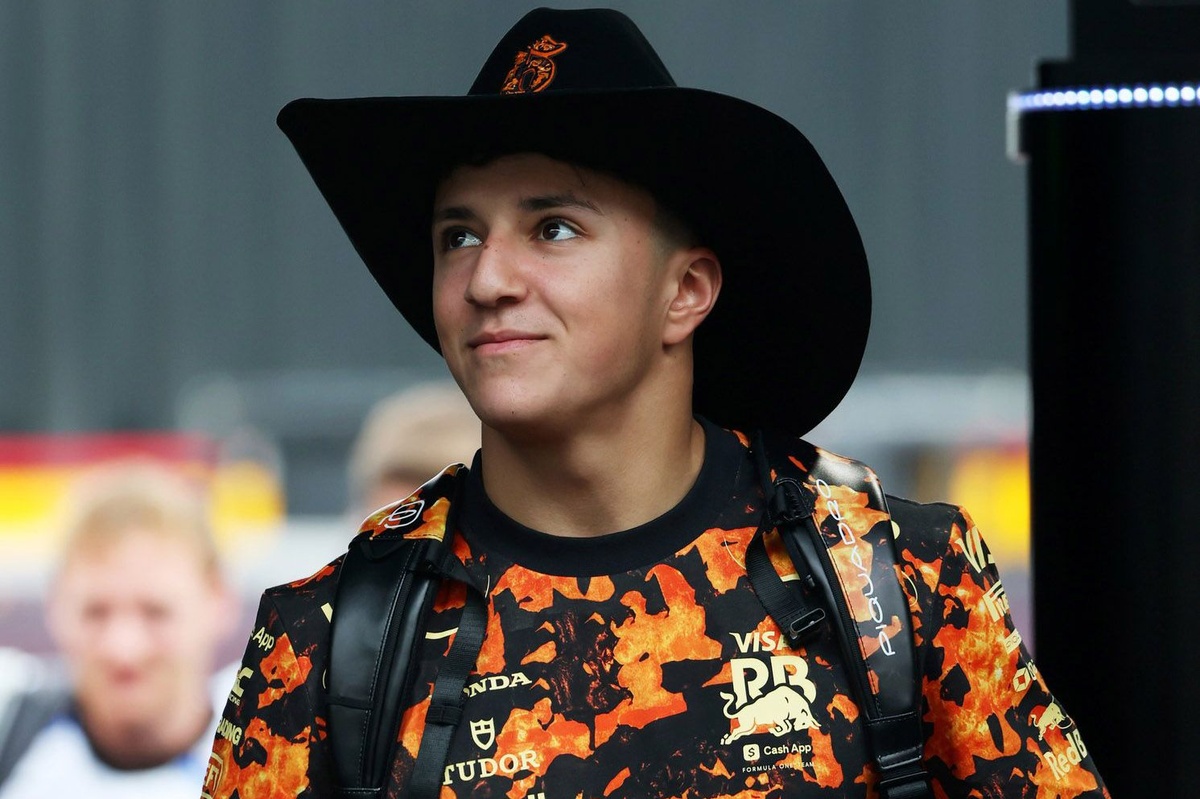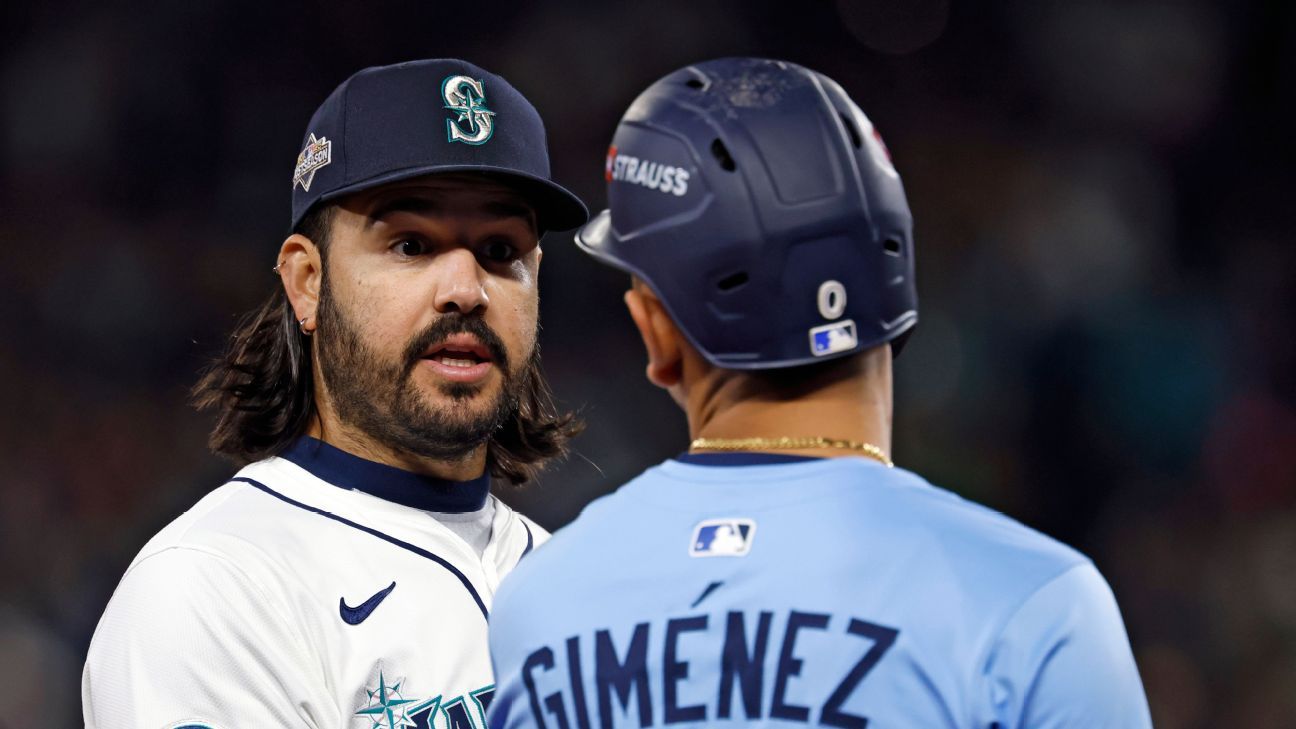PHILADELPHIA — A well-played game between two contending teams ended in the strangest of fashions Monday at Citizens Bank Park, leaving some members of the Red Sox quite confused.
The Phillies won in walk-off fashion, 3-2, in 10 innings, but not on a heroic homer or even a clutch single. The winning run, Brandon Marsh, scored when a catcher’s interference was ruled against Boston catcher Carlos Narváez with the bases loaded and no outs. It was just the second time since 1920 that a major league game ended on a catcher’s interference call. The other was in 1971, when the Dodgers beat the Reds when Johnny Bench was ruled to have interfered on an attempted straight steal of home.
“It sucks,” said Narváez. “We don’t want to lose a game, especially in that way.”
After walking Otto Kemp and unleashing a wild pitch that put two men in scoring position (including Marsh, the ghost runner), Hicks intentionally walked Max Kepler to load the bases. Edmundo Sosa worked a 2-2 count before Hicks missed outside with a slider — and Sosa’s bat caught Narváez’s glove as he swung. The Phillies challenged, were ruled to have been correct, and celebrated their victory.
The Red Sox were left dumbfounded.
“Everything went so quick,” said Narváez. “Really tough that happened in the moment. It cost us the game. In my mind, I just saw the pitch going away and I was trying to hold it to see if we got a strikeout there. It’s part of it.
“It was so late. I had the ball and then I felt the contact. Really weird.”
Catcher’s interference calls are designed for catchers to avoid getting too close to batters in the box. When they happen, they’re ruled as an error against the catcher, and the hitter is automatically awarded first base. Any contact usually warrants the ruling but some members of the Red Sox don’t think Sosa’s swing in the 10th was consistent with the spirit of the rule.
“That’s an interesting one,” said starter Walker Buehler. “I think there needs to be a little bit of (leeway on) how far back that stuff happens. I think we’ve got some guys that are very good at understanding situations and that they can take a loopy swing and take a shot.
“I’m not saying that’s what he did or he’s notorious for that at all. But if stuff like that happens behind the batter’s box, I think it’s a tough situation for everyone. I don’t think anyone, even them, want to see a game end that way.”
While Hicks noted that he didn’t think such a call should be made with the ball already in the catcher’s glove, Narváez wouldn’t go as far as to blame Sosa.
“I don’t think any hitter wants to, in his mind, especially in that spot, have a catcher’s interference,” Narváez said.
“It was a slider, of course. In that situation, was trying to get closer. It was bases loaded and nobody out, so trying to gain every pitch possible. I don’t feel I was that close to the hitter.
“I don’t think he wanted to swing there. If you see the video, it’s a late reaction for some reason. I don’t think I was that close, either, but at the same time, it happened and I take accountability on that one.”
Red Sox coaches, including catching instructor Parker Guinn, and game-planning coach Jason Varitek, have worked with Narváez and Connor Wong all season on avoiding such calls. Boston leads the league with seven of them, including Monday’s game-ender and a George Springer interference that broke Wong’s finger and sent him to the injured list in April.
For some hitters, Narváez said, the catcher knows to move closer. Others require setting up further back. Sosa was somewhere in the middle. It ended up not mattering.
“We’ve got information on that one,” said Narváez. “We know when we need to go closer to the hitter, when we need to go back and guys with backswings and stuff… We’ve got replay now, so small things like that can change the game.
“He’s not a backswing guy. The reaction was weird. I don’t think he wanted to swing there. Maybe just a late reaction. If you see the previous swing, it was late with the hitter and he didn’t touch me. I’ve got to see a video again.”
The Red Sox fell to 0-7 in extra-inning road games this season — and not just because Narváez’s glove crept out an inch too far. The Red Sox struck out 16 times, including twice in the top of the 10th against reliever Max Lazar. A scoreless top of the 10th put blood in the water for the Phillies.
“We’ve got to find a way to score,” said manager Alex Cora. “That’s the key. You’ve got to score to stay alive.”
If you purchase a product or register for an account through a link on our site, we may receive compensation. By using this site, you consent to our User Agreement and agree that your clicks, interactions, and personal information may be collected, recorded, and/or stored by us and social media and other third-party partners in accordance with our Privacy Policy.
Source link


